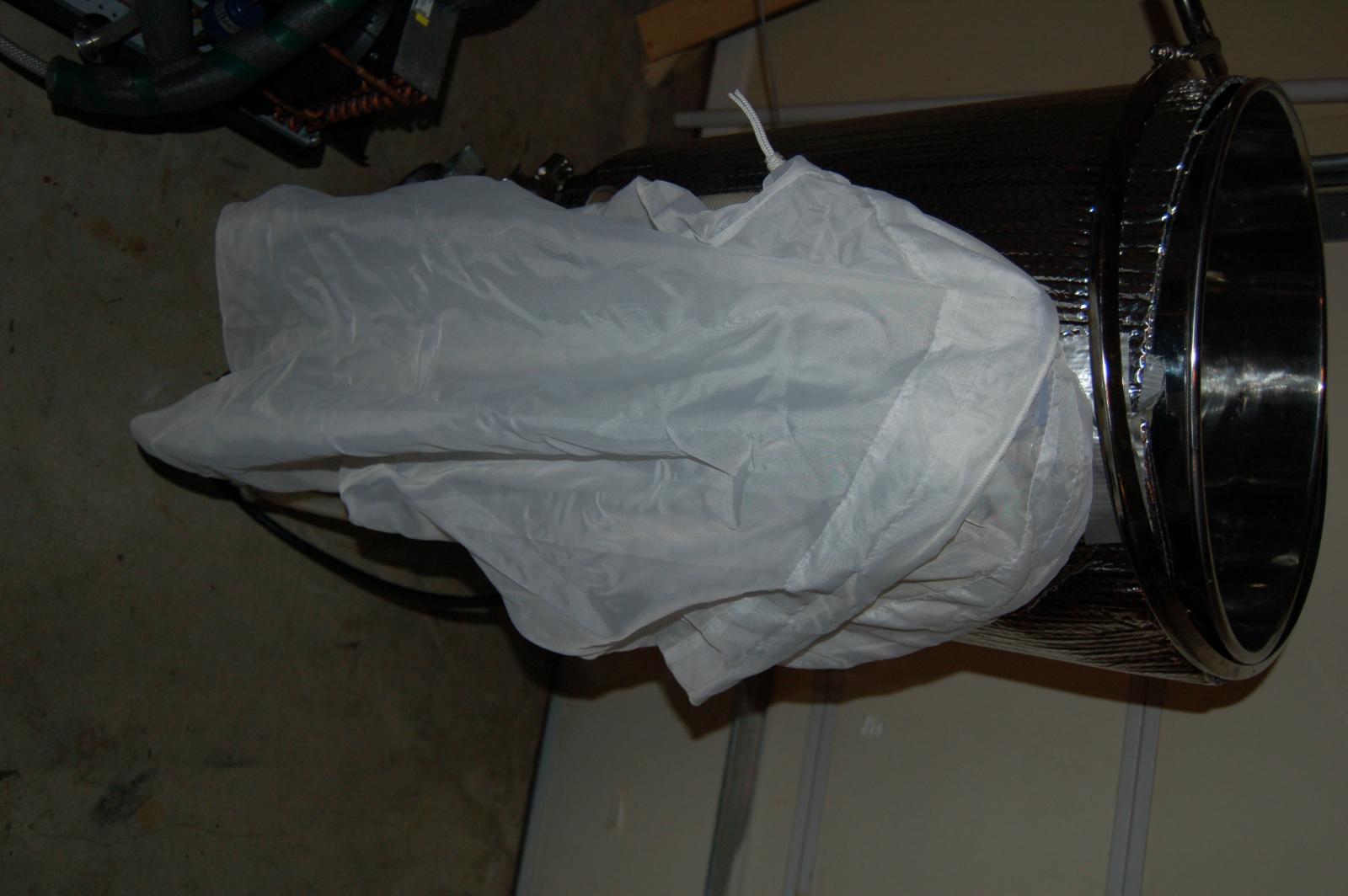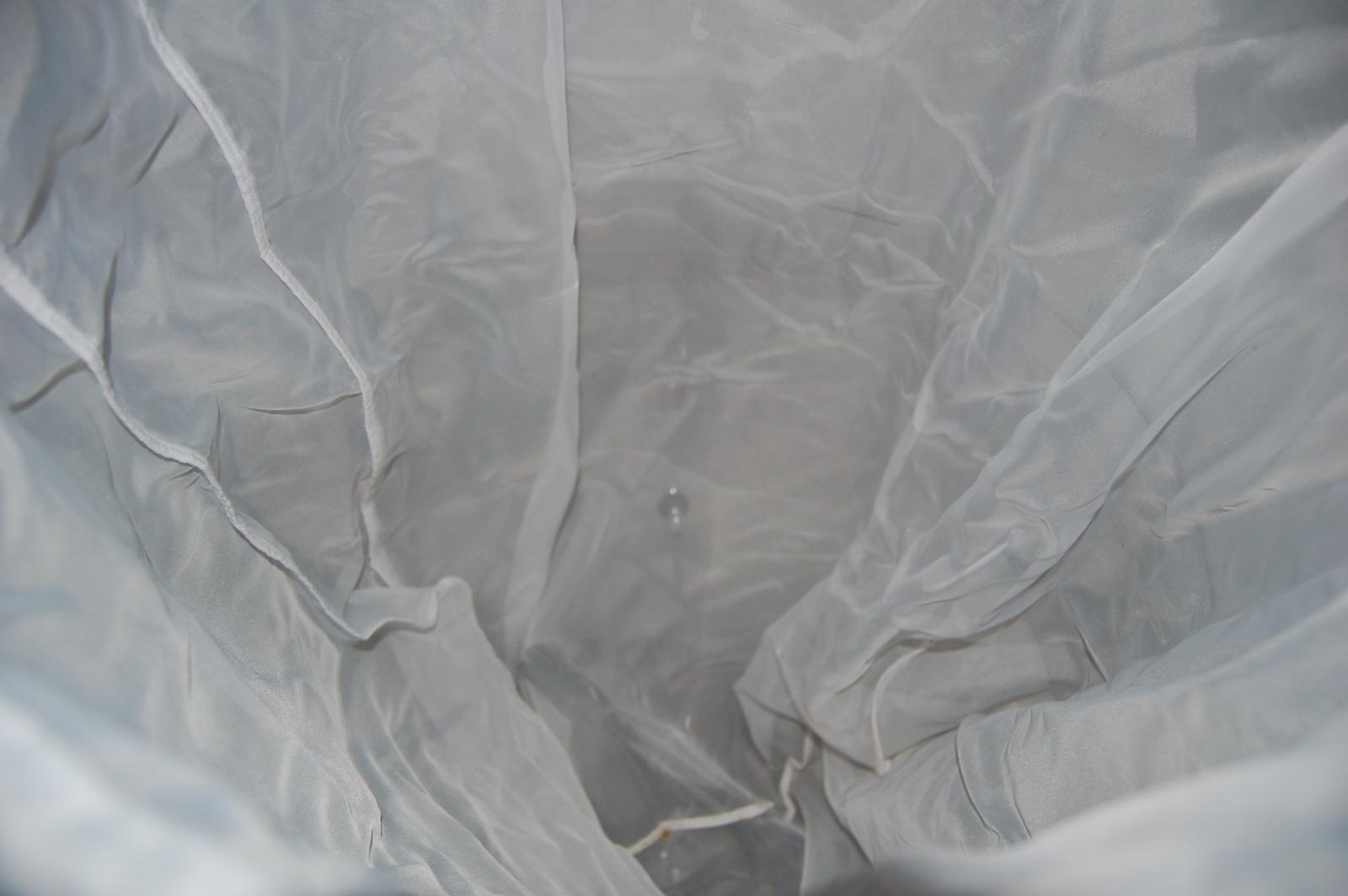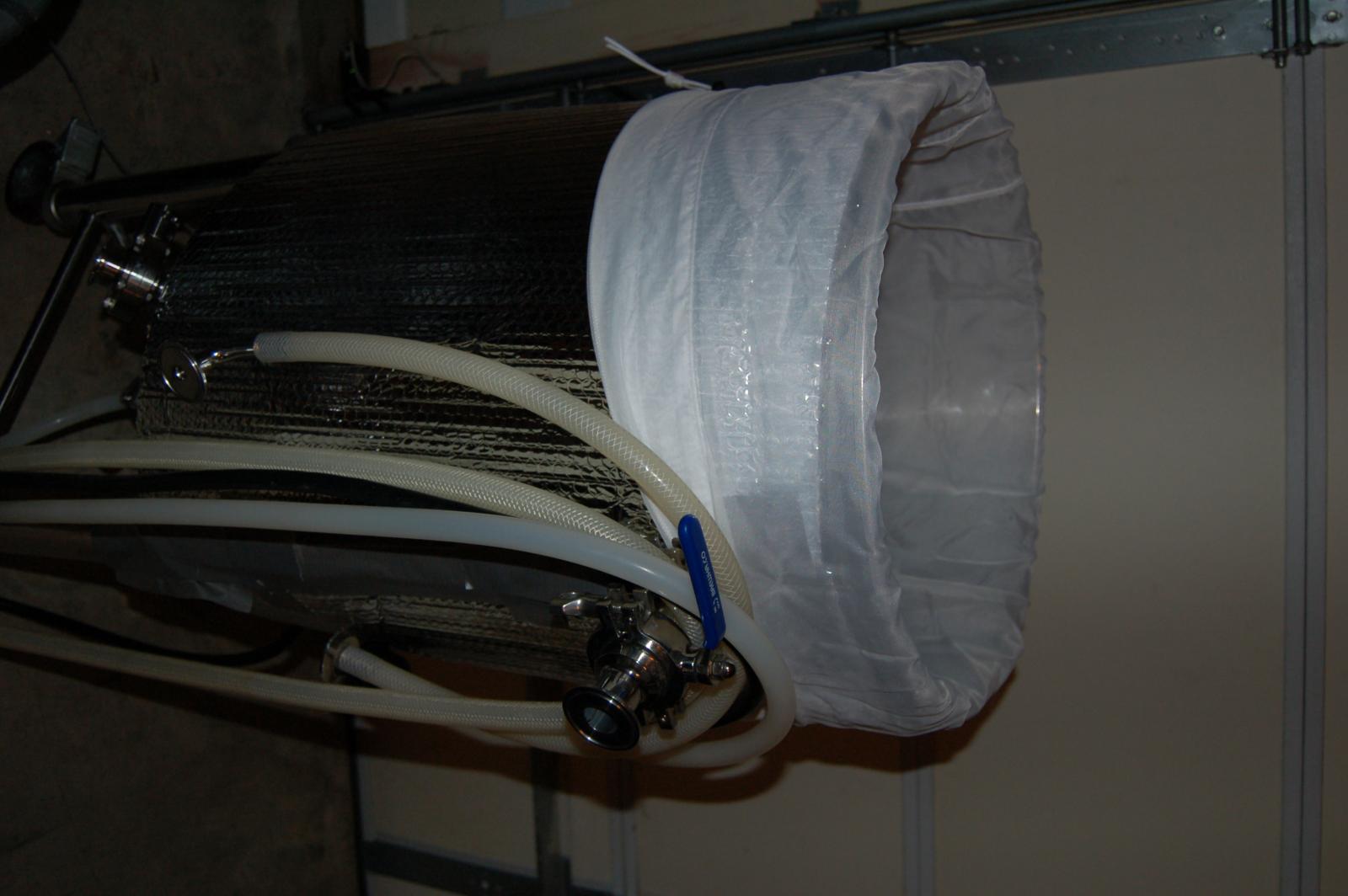For your input on the whirlpool does the wort simply splash down from the lid port back into the BIAC?
Does this set up generate enough spinning in the wort to keep the hops in suspension?
I've had lots of issues with clogged pumps when intaking from the port at the bottom when I use more than 8oz of hops in my whirlpool.
Hello NHBrews....Look at my post #1043 for a picture of whirlpooling from the racking port through the top using a whirlpooling arm that b1v1r fabricated. He has a detailed list of parts in post 652 on page 66. All the items for the whirlpool arm can be bought from brewhardware.com. The advantage of this setup is that it is height adjustable. I have always done 10 gallon batches and have not had to adjust it.
I started using hopshot for bittering hops to lessen the amount of trub in the kettle (although a small amount). For all my other hop additions, I usually just pitch them in without a bag ( I use pellets). My last IPA batch had 15 ounces of hops spinning in the whirlpool with no problem. Before I hook up the pump, I make sure I purge the racking port of trub then hook up the pump.
Gotta say....the BIAC is awesome.














![Craft A Brew - Safale S-04 Dry Yeast - Fermentis - English Ale Dry Yeast - For English and American Ales and Hard Apple Ciders - Ingredients for Home Brewing - Beer Making Supplies - [1 Pack]](https://m.media-amazon.com/images/I/41fVGNh6JfL._SL500_.jpg)














































 I can't believe I didn't think of that :smack:
I can't believe I didn't think of that :smack:


